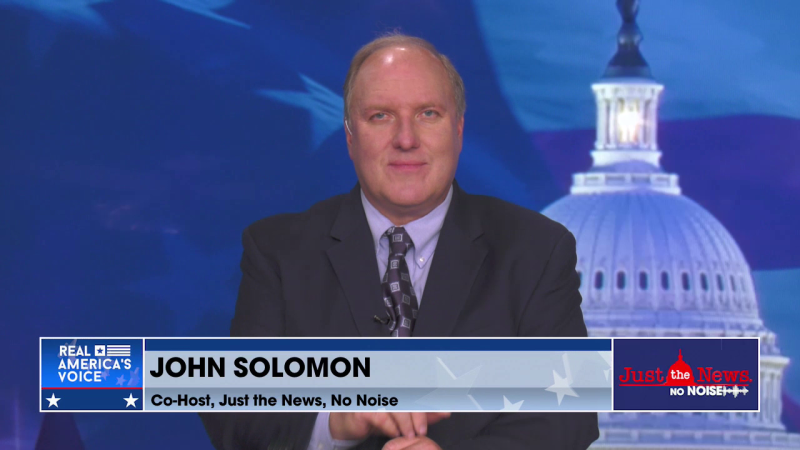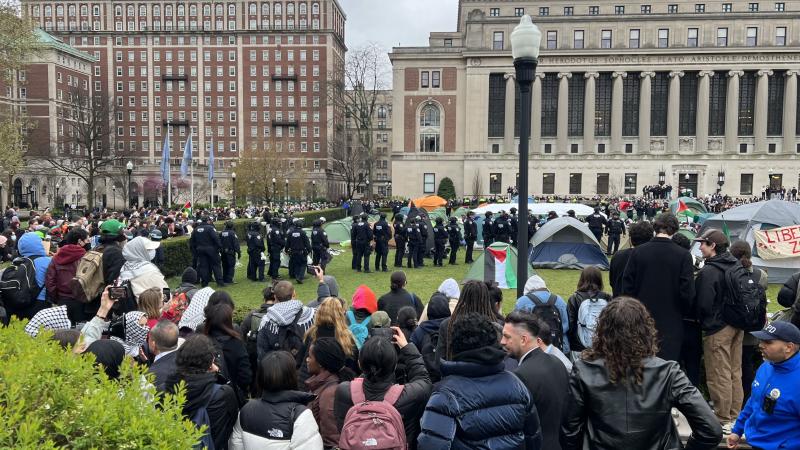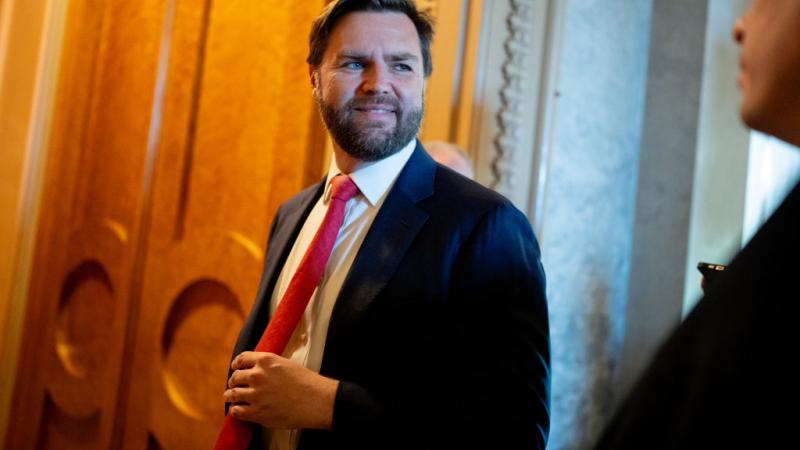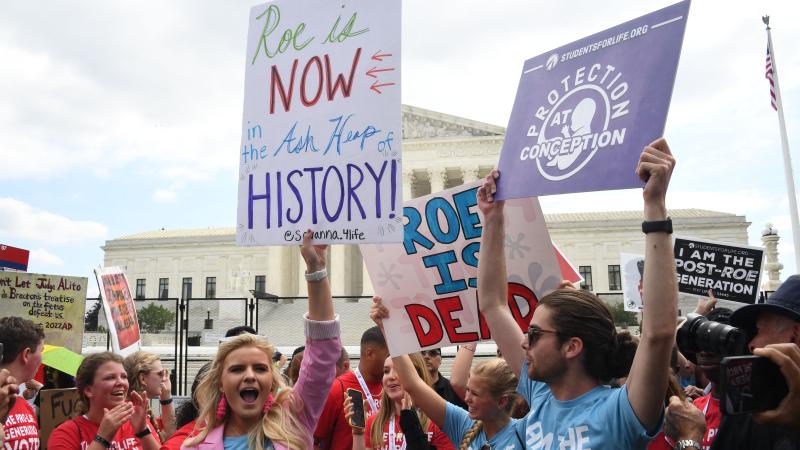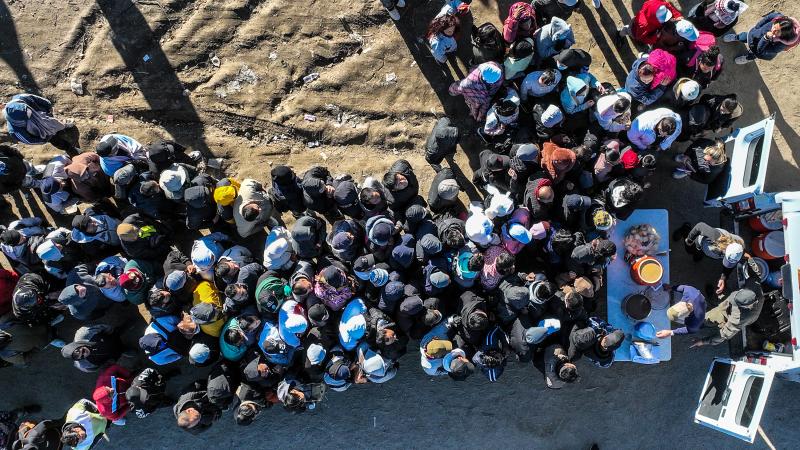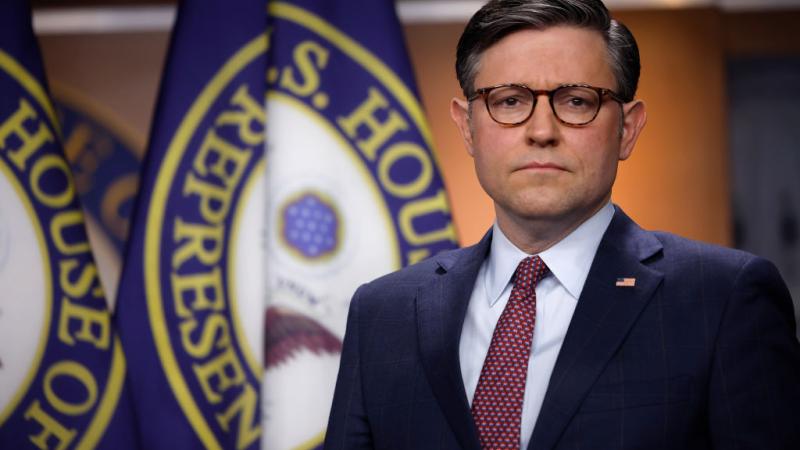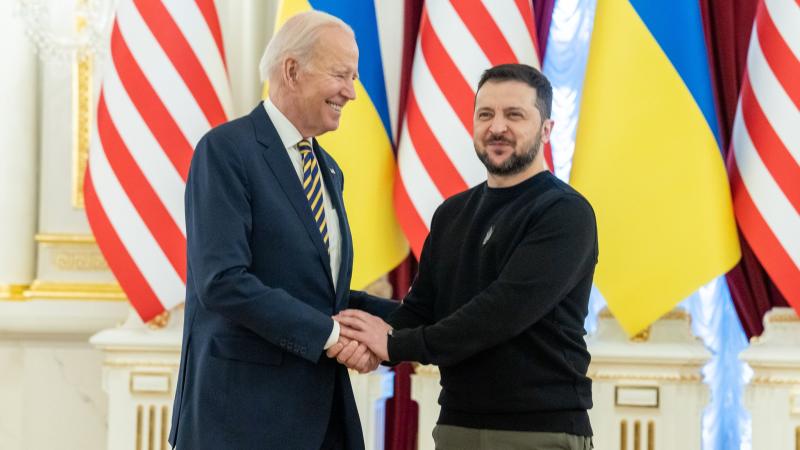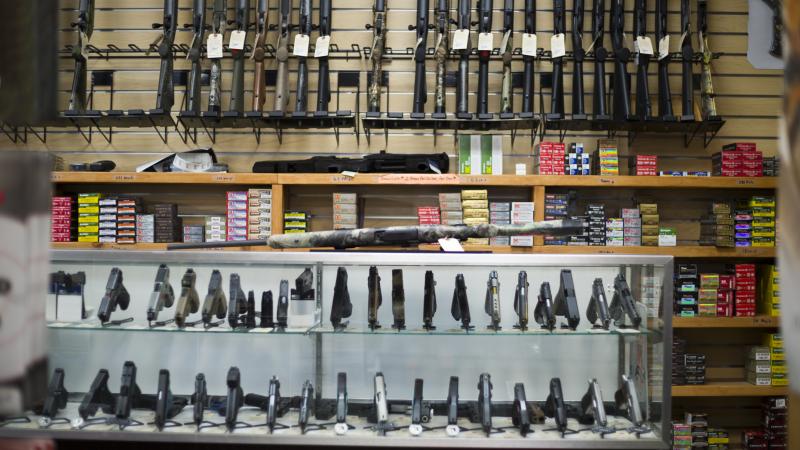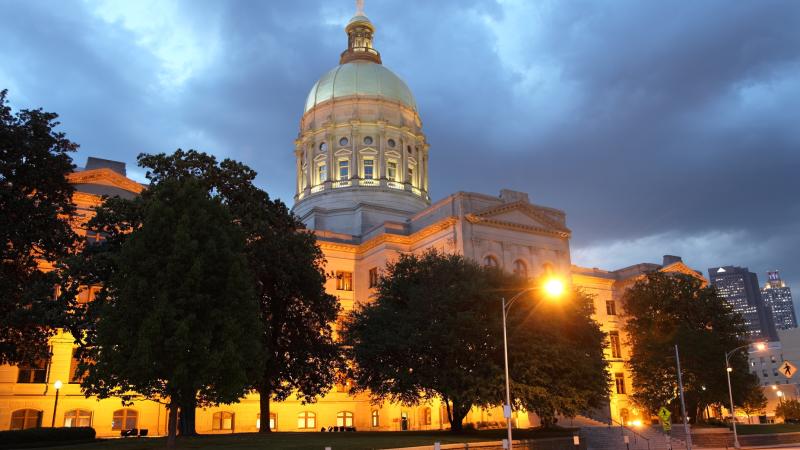Emails raise new questions about Wuhan coronavirus lab's safety protocols prior to pandemic
The lab has been at the center of controversy and speculation for well over a year.
Emails released on Thursday afternoon have raised further questions about the preparedness of Chinese officials in managing a high-stakes coronavirus lab in the years leading up to the SARS-Cov-2 pandemic.
The emails, obtained via a Freedom of Information Act lawsuit by Judicial Watch, depict an official with the Wuhan Institute of Virology scrambling to find disinfectant to sterilize lab equipment in the facility in 2016, shortly after a high-level laboratory opened up there.
Wuhan Institute of Virology Vice Director Yuan Zhiming is shown in the emails asking NIH virologist Jens Kuhn for help determining the right disinfectants for the institute's BSL-4 laboratory, which had just recently opened and had not yet started working with viruses. "BSL-4" is the highest level of security at which a lab can be constructed and is reserved for the highest-risk virological research.
"I am writing to you to ask your help," Zhiming wrote. "Our laboratory is under operation without pathogens, and we are now looking for the disinfectants for decontamination of airtight suits and surface decontamination indoor decontamination.
"We have tried several ones do [sic] determine their antiviral efficacy and corrosion to pipeline and wastewater treatment equipment. Unfortunately, we have [sic] found a good candidate. I hope you can give us some help, to give us some suggestion for the choice of disinfectants used in P4 laboratory."
Kuhn responded that he was "not the right person to weigh in on official biosafety procedures." He directed Zhiming to several other NIH officials who "may be able to point you in the right directions."
Neither Kuhn nor the NIH responded to requests for comment on the emails on Thursday evening.
The Wuhan lab has been at the forefront of ongoing controversy since early last year when speculation arose that a "lab leak" might have been responsible for the release of the SARS-Cov-2 virus that launched the pandemic. The lab sits just a few miles from the first reported outbreak of SARS-Cov-2.
The WIV has for years performed experiments on coronaviruses, many of them funded by U.S. taxpayer dollars via the U.S.-based nonprofit EcoHealth Alliance. Much of that experimentation sought to determine the pandemic potential of various coronaviruses in an effort to prepare for dangerous viral outbreaks.
The lab has been flagged in the past for its allegedly lax safety protocols. A State Department memo from 2018 expressed concern over the lab's "shortage of trained staff" at the time.
A World Health Organization investigation into the origin of SARS-Cov-2, meanwhile, reportedly spent only one day at the Wuhan lab, apparently mostly in conversation with scientists.
Evidence has emerged that scientists last year may have in part felt pressured to disregard concerns of a lab-leak origin due to then-President Donald Trump's enthusiastic endorsement of the theory.
More recently, House Republicans have requested documentation from Peter Daszak, the president of EcoHealth Alliance, regarding the relationship between the nonprofit and the Wuhan lab. Daszak has so far failed to produce those materials, while House Democrats have refused to use their subpoena power to compel him to do so.


